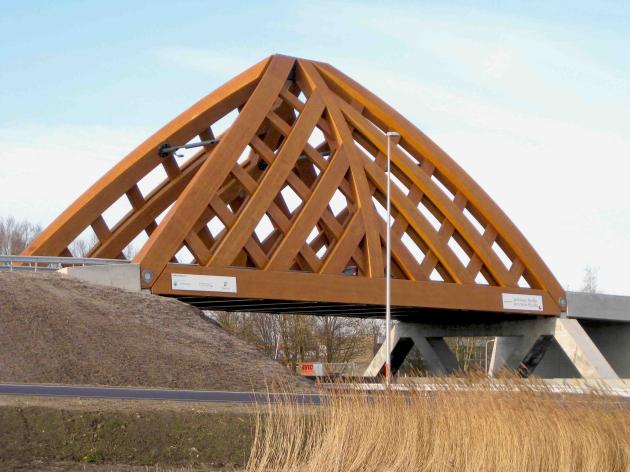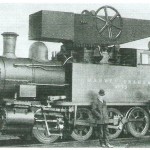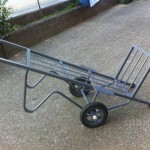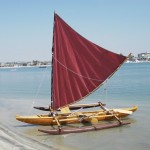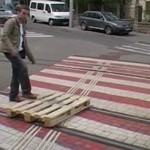Cargo Trams, Trolleytrucks, Electric road trains and the whole story.
A Practical Guide for Automobilists (1901)
“Horseless vehicles, automobiles, motor cycles operated by steam, hydro-carbon, electric and pneumatic motors – a practical guide for automobilists, manufacturers, capitalists, investors and everyone interested in the development, use and care of the automobile” (1901). Including a special chapter on how to build an electric cab, with detail drawings.
Horse Powered Ferry Boat
“The horse-powered ferryboat, though patented in 1819, can trace its origin of design back to the time of the Romans. The Roman ox boat was an early war vessel propelled by a team of oxen. During the 1700’s, boats propelled by horses could be found on various rivers and canals of Europe. By the early 1800’s, horse powered boats could be found on Lake Champlain and the Hudson River. By the 1820’s, this mode of transportation had spread to the Ohio and Mississippi Rivers, the Great Lakes, and to several other rivers and lakes in the Northeast. This type of vessel was generally utilized for journeys of only a few miles.”
Found at Shipwreckworld. Previously: Trolleyboats.
Ostrich Car
Picture taken from: c’était au temps où bruxelles brusselait. More low-tech cars.
Wooden Bridges
This wooden bridge (length 32 metres, width 12 metres, height 16 metres) was inaugurated on April 15th in Sneek, the Netherlands. The “Krúsrak” is the first wooden bridge in the world that can support the heaviest load class of 60 tons. Its life expectancy is 80 years.
Thanks to a chemical treatment of the softwood, the bridge can withstand insects, fungi and the harsh weather conditions in the most northern province of the Netherlands (Friesland). Wooden bridges require much less energy to construct than steel or concrete bridges.
Only the road-surface of the “Krúsrak” is made of steel – originally it was planned to be of wood, too, but then it should have been 2 metres thick. More information here (in English) and here (in Dutch).
Related: Covered bridges – how to build and rebuild them. Also: wooden pipelines.
